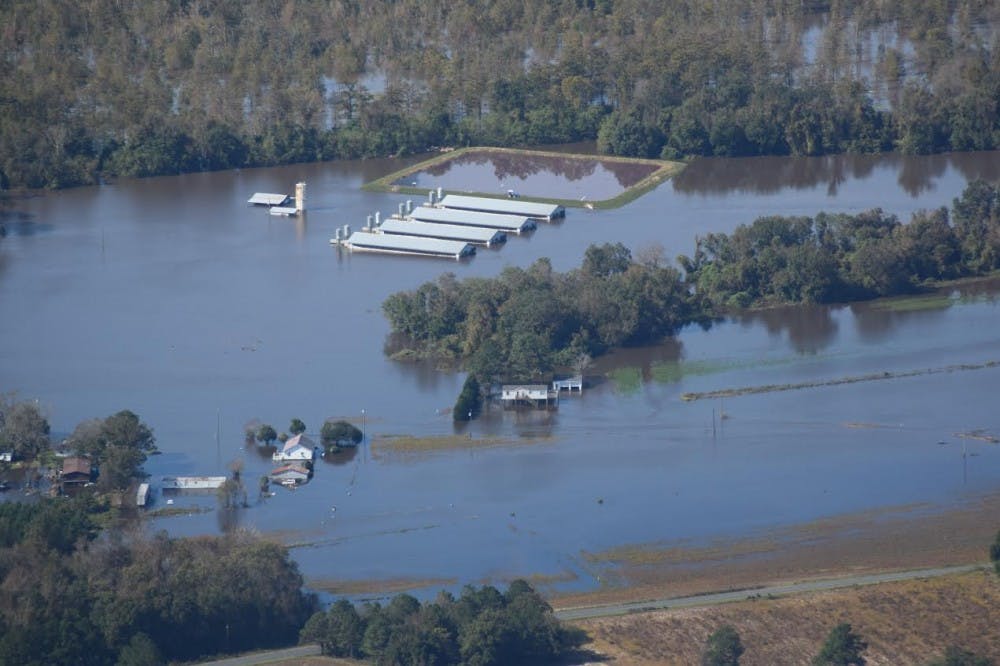Stan Morris, executive director of the American Red Cross of Central North Carolina, said FEMA will focus on long-term relief efforts. FEMA announced Nov. 25 that 49 North Carolina counties are eligible to receive grants for rebuilding infrastructure affected by the hurricane.
After the storm hit in early October, the Red Cross operated more than 80 shelters across North Carolina. They also provided more than 1.36 million meals and snacks and over 101,000 overnight stays in shelters for people in need.
Approximately 100,000 North Carolina homes were damaged in the hurricane, many of which were in the eastern part of the state. Morris said a large amount of the immediate relief and shelters were set up by the American Red Cross.
He said the majority of the shelters were set up in community centers or local schools.
“Usually, schools are centrally located, so we take the closest facility possible for folks to get to,” he said. “Then, we provide cots, blankets and food, mental health services and, if there’s medication, nurses.”
Gov. Pat McCrory declared the hurricane a state of emergency on Oct. 3. The storm, which has caused more than $1.5 billion in losses for the state, hit North Carolina the hardest on Oct. 8 and 9, causing widespread flooding and 75 mile-per-hour winds.
Gov. McCrory held regional meetings throughout November in three heavily afflicted eastern counties — Robeson, Edgecombe and Cumberland — to help figure out how to improve disaster relief in the future. He will hold a conference in Pitt County today, and one in Lenoir County Dec. 2.
“We are working hard to ensure that everyone affected by this storm has their voice heard and receives the resources they require, and that is why these meetings are so important,” he said in a press release.




